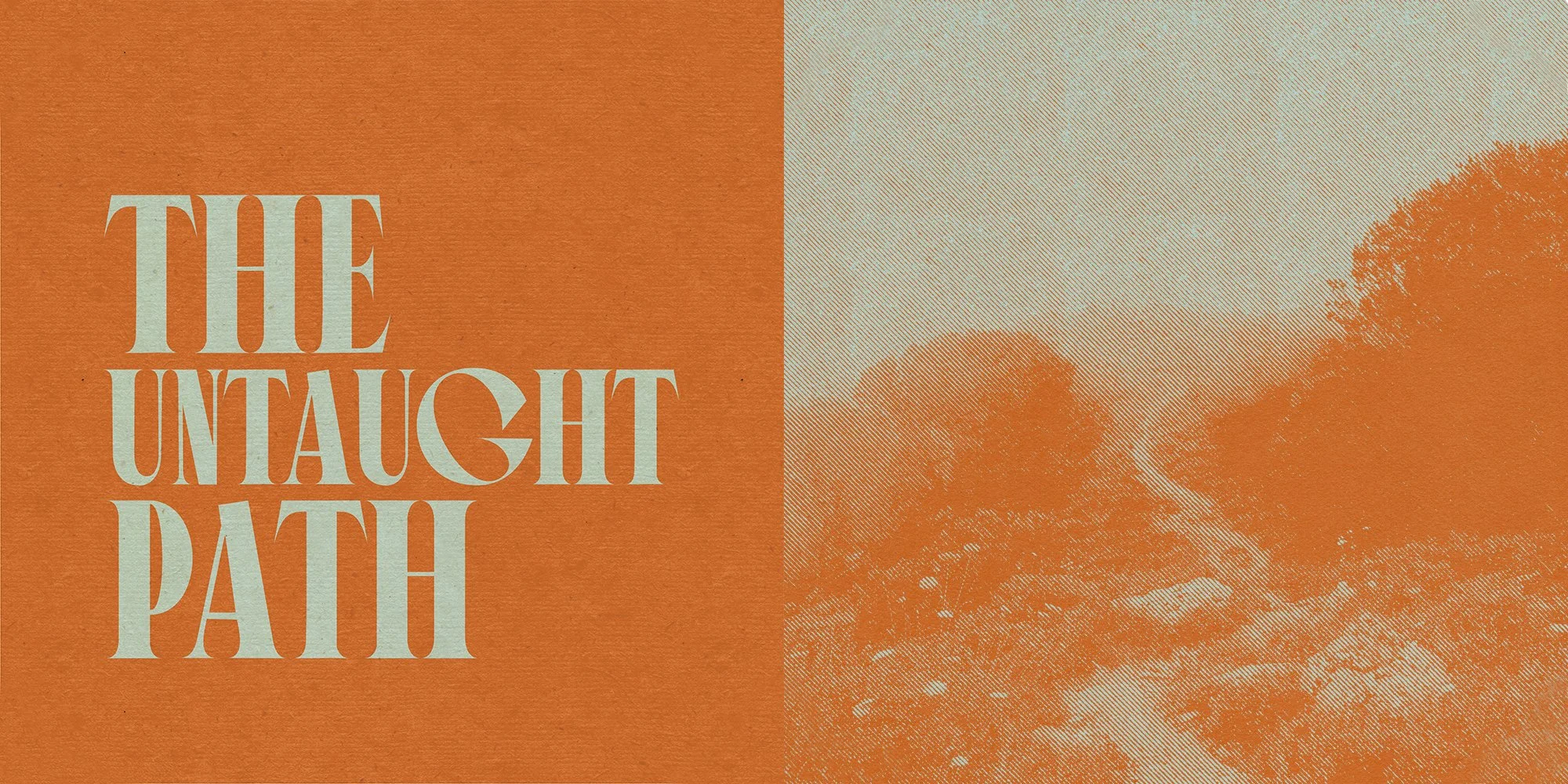Building a magical connection with nature
In the last couple of years I have been torturing educating myself about the ecological crisis we’re living through. I think it does take a particular kind of brain to be able to endure the torture. One that loves falling into information rabbit holes. Although it’s not so much the information that I crave. I think it’s more arriving to some sort of understanding that comes from a place of care. I didn’t realise it at the time but in hindsight, I think I may have gone through a grieving period. Eventually I crawled out of the doom hole by learning to give my brain lots of breaks. Doing more creative things and seeking simple pleasures helped me come back with a much more chilled attitude (surprisingly) and a deep desire to connect with the magic of nature.
But connecting with nature hasn’t been as simple as spending more time in the outdoors, as I naively thought at first. I mean, yes, spending more time in natural spaces has improved my mental health (big feelings over here) and my general wellbeing a great deal. But did that translate into feeling more connected? Not really, to be honest. And to understand why that was (for me) I had to think about why I wanted to have this magical connection with nature and what connection meant to me.
About my why, I found that in nature I can relax and simply be. I value freedom, autonomy and having LOTS of breathing space. I recoil from anything that feels suffocating—attitudes, beliefs, spaces, environments—the way an arachnophobic recoils from a spider (for the record, I actually like spiders). In nature there’s always room to breathe. Out there, things like achievements, status, possessions—all that fluff—fall away. It’s very freeing.
As for what connection means to me, I would define it as being in relationship with–and relationships, to me, are always about reciprocity and putting in the work. Fulfilling relationships don’t just happen. The magic only happens when we do the mahi. Strong bonds grow when we make an effort to check in, show up, stay curious, get to know more deeply, face conflict when it arises (an inevitable part of the relationship dance) and tend to the other’s needs within our means.
I know the word “work” when it comes to relationships might be off-putting for some. I get it, the world is pretty exhausting as it is. Low-maintenance everything, including relationships, might sound tempting. We all want to escape the grind and rest. And we should. But I think it’s also worth putting in a bit of mahi despite the tiredness, so the things that matter most to us have solid roots, because that little extra effort is what brings the magic.
With those thoughts in mind, here are a few things I’m trying:
Spending less time in front of a screen
No need to elaborate much on this one. Practising screen-free time every day helps give the brain breathing space and makes space to engage in other soul-nourishing activities like spending time in the outdoors and connecting face-to-face with the beautiful humans in our lives.
Giving nature a face and a soul
I made a resolution to go with Tuhirangi, my tama, most days for a walk along our local awa, the Ōraka stream, which is just around the corner and a beautiful spot. And when we go out the door, we say we’re going to visit Papatūānuku, like we’re visiting our favourite aunty. I don’t know what it is, but I have found that thinking of nature as an embodied being makes us feel closer to her. It’s amazing, it’s become our little ritual. I’m not gonna lie, he hated it at first—he complained, cried and just wanted to stay home. But I made our walks fun–tag, frisbee, silly ball games and it paid off. Now he puts on his shoes and skips happily to the door.
Adopt a natural space so it can adopt you too
This idea of “adopting” a place and letting the place embrace you is something I learned here in Aotearoa. Everywhere I’ve lived has had a beautiful natural spot nearby. And I’m not sure why, but visiting those spots pretty soon became a regular habit. That was new to me, because I used to live in a big city back in Mexico, and nature was not as accessible as it is here. I walked and spent time in those places so often that they became refuges. I would go there when I was sad, or angry, or happy, or confused and all a mess. I think the frequency and letting out my inner moods made me feel a kind of closeness, like the place and I knew each other really well. It was magical. Then of course, I would move places, and I would have to start all over again. I would adopt a new natural spot, and the magic returned time and time again. It’s something I never experienced before.
Gardening as a teacher
I got very inspired to go back to gardening by listening to the wonderful Dr Vandana Shiva. To her, gardening can be both an ecological and a political act. Gardening puts one in touch with the cycles in nature and the regenerative capacity of life. We can learn how nature does things so we can follow her lead, instead of messing with and destroying her systems (with our monocultures, chemicals, soil degradation practices, etc.). And although there’s much we can learn from gardening, I think it is wise that we go little by little, because it’s a big and steep learning curve. I started growing just three or four herbs in pots and a couple of greens (spinach, kale and arugula) in a small garden bed of about 1 x 3 meters. But anyone can start even smaller than that. All we need to do is grow something from seed and ask, how does nature do it? (Hint: nature doesn’t buy pellets with nitrogen to feed the plants or to kill the slugs that eat them from the hardware store).
Cultivate a curious mind
We all have a curious mind. A curious mind is open to new experiences, thirsty for learning, able to tolerate uncertainty, uses creativity to find solutions to problems, is persistent in finding answers, asks A LOT of questions and loves to explore new interests. The problem is, our lifestyles sometimes leave very little time to practice curiosity. But even when we’re super busy or too tired to do anything else, it is not impossible to stay curious. Tuhirangi and I, for instance, have been using the Google Lens feature to find out what bugs or plants we see on our walks (not always accurate, but a good starting point). And the internet has oodles of information about any topic you might want to learn about. Just make sure to ask lots of questions and verify the information by doing a C.R.A.P. test. In my case, I just need to make sure that I spend more time getting my hands to work instead of spending it all sitting on my comfy couch reading about the things I want to do (very easy to do 😬). It’s good to know Papatūānuku better!
I don’t have all the answers, whānau. It’s all a big experiment. Trying, testing, and failing a lot — that’s all I’ve got. Well, I’m also going about it with buckets of joy and a big desire to leave a healthier world for my tama, his generation and the ones after.
Sign up for my email list to not miss They Call Me Ninu’s updates and new posts from The Untaught Path.









